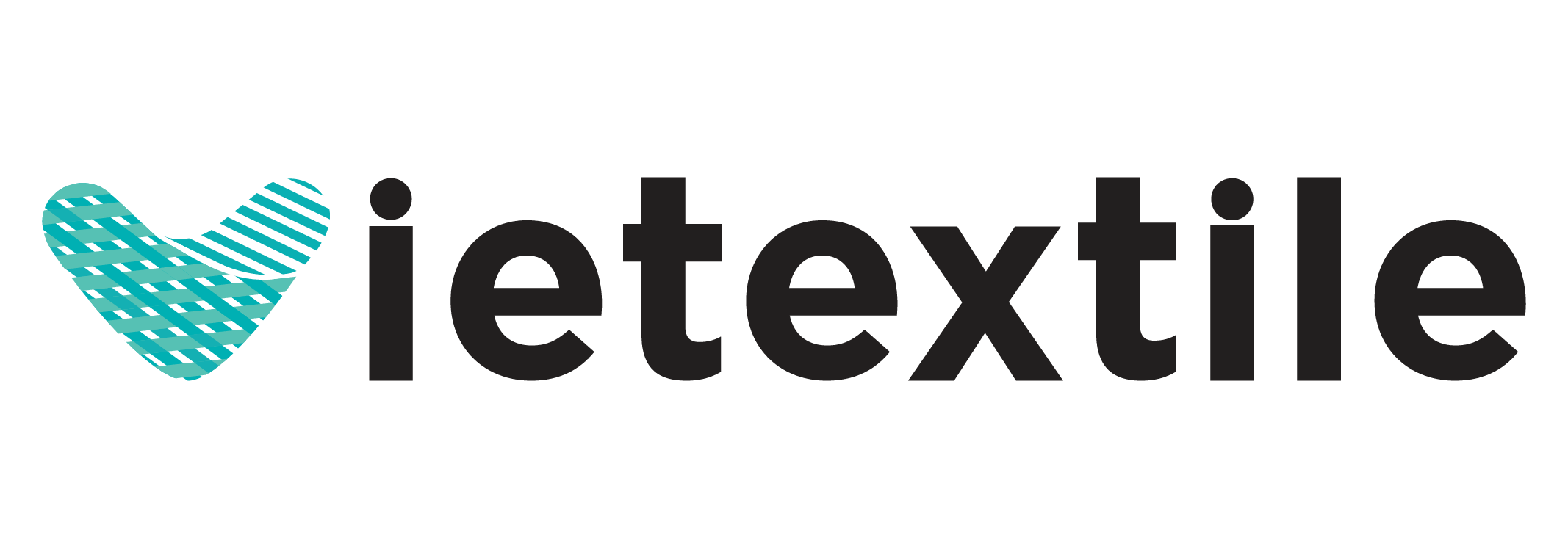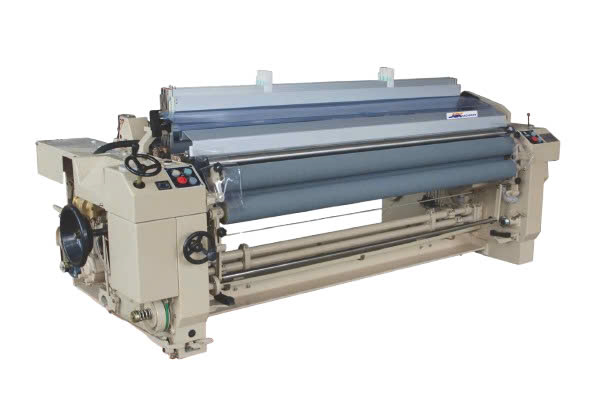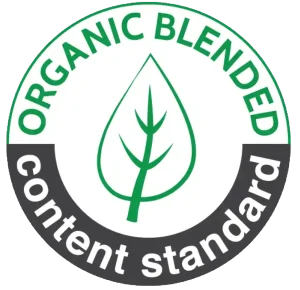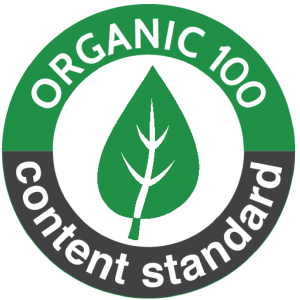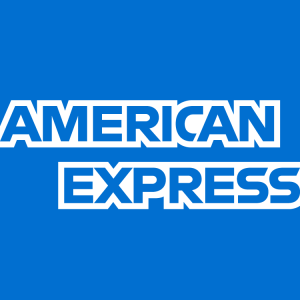Choosing the right weaving technology is one of the most critical investment decisions for any textile business. The water jet loom stands out as a powerful solution for specific applications, offering a unique combination of speed and efficiency. However, selecting the right model requires a clear understanding of its technology, benefits, and operational requirements.
This guide provides a 5-point framework to help you determine if a water jet loom is the right fit for your production needs and how to choose the best machine for maximum return on investment.
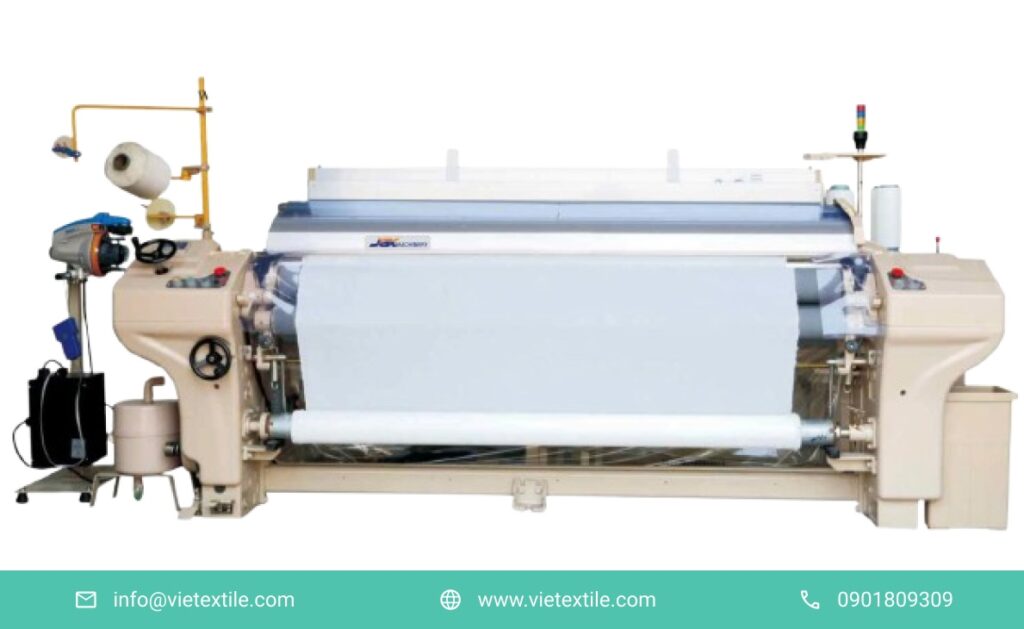
1. Why Choose a Water Jet Loom? The Core Advantages
Nội dung tóm tắt
ToggleA water jet weaving machine uses a fine, high-pressure jet of water to carry the weft thread across the warp. This method provides several key advantages over other loom types.
- Exceptional Production Speed: With speeds reaching up to 1200 RPM, water jet looms are significantly faster than many traditional looms, enabling businesses to meet high-volume market demands.
- Lower Energy Consumption: Propelling yarn with a small jet of water requires less energy than using large volumes of compressed air (as in air-jet looms), leading to significant operational cost savings.
- Reduced Wear and Tear: The water acts as a lubricant, reducing friction on the yarn and machine components. This minimizes wear and extends the lifespan of your water jet loom.
2. Common Types of Water Jet Weaving Machines
Water jet looms primarily differ by their nozzle configuration, which impacts their speed and application.
| Machine Type | Key Features & Best Use Case |
|---|---|
| Single Nozzle Looms | Use one water jet. Ideal for lighter, simpler fabrics. Lower initial investment and easier to maintain. |
| Double Nozzle Looms | Use two water jets for weft insertion. Increases production speed and efficiency. Best for weaving thicker or more complex fabrics. |
| High-Speed Looms | Advanced models engineered to achieve top-tier speeds (up to 1200 RPM). Suited for large-scale factories with continuous, high-volume production demands. |
3. Key Factors to Consider Before Investing
Carefully evaluate these factors to ensure the machine you choose aligns with your operational goals.
- Speed vs. Fabric Type: While high speed is a major benefit, the maximum effective speed depends on the fabric being woven. Ensure the machine’s capabilities match your product line.
- Energy and Water Consumption: Modern water jet looms incorporate advanced technology to minimize water and energy use. Compare consumption figures between models, as this directly impacts your operating costs.
- Durability and Maintenance: Look for machines with a robust, vibration-reducing frame. While these looms are durable, a clear maintenance plan is essential for long-term reliability.
4. Calculating the Cost and Return on Investment (ROI)
A water jet loom is a significant capital investment. A thorough cost-benefit analysis is essential.
- Initial Cost (CapEx): Prices vary based on speed, brand, and features. Match the machine’s capabilities to your production needs to avoid over-investing.
- Operating Costs (OpEx): The primary benefit of a water jet loom is lower energy costs. Factor this into your calculations, along with water usage and maintenance expenses.
- Return on Investment (ROI): A higher production rate and lower running costs lead to a strong ROI. Although the initial outlay may be high, the long-term financial benefits often make it a superior choice for the right application.
5. Essential Maintenance for Your Water Jet Loom
Proper maintenance is crucial for keeping your water jet loom running at peak performance. Establishing a routine is non-negotiable for protecting your investment and preventing downtime.
- Daily Cleaning: Regularly check and clean nozzles and filters to prevent clogs.
- Scheduled Lubrication: Ensure all moving parts are lubricated according to the manufacturer’s schedule to reduce friction. You can learn more by reviewing this detailed guide to water jet loom maintenance.
- Timely Repairs: Address any unusual noises, vibrations, or drops in speed immediately to prevent minor issues from becoming major problems.
Our Advanced Water Jet Loom Solutions
At VieTextile, we provide cutting-edge water jet loom models like the JGX852, JGX871, and JGX8100. Engineered with robust frames to minimize vibration and noise, these machines deliver speeds up to 1200 RPM. With advanced electronic controls and high customization potential, they are designed to optimize the production of both light and heavy synthetic fabrics, helping you reduce costs and improve fabric quality.
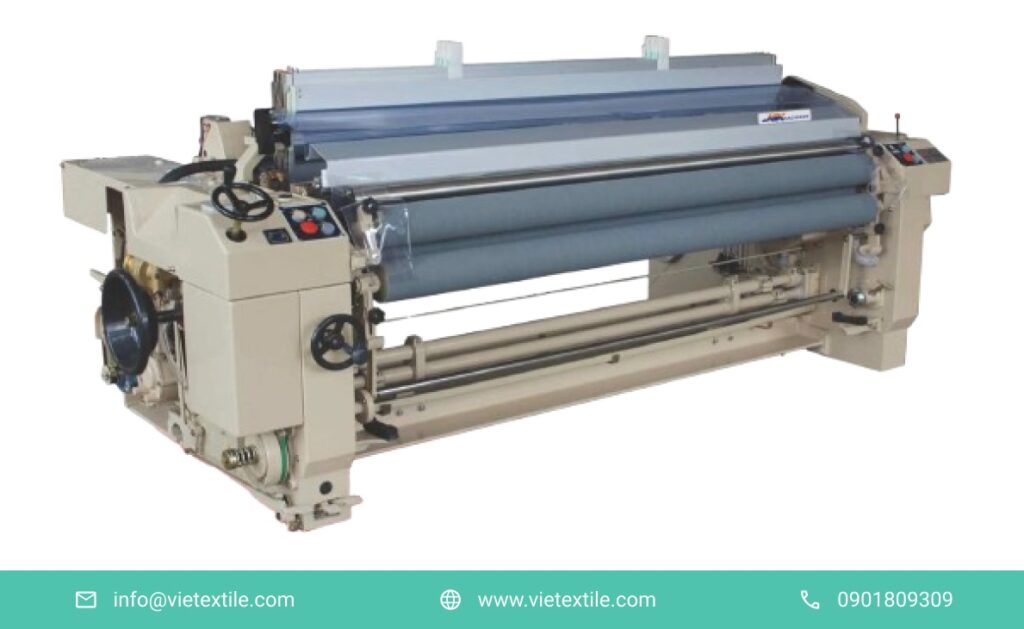
Contact VieTextile today for a consultation on our full range of weaving machines tailored to your business needs!
6. FAQ
1. Is a water jet loom energy-efficient? Yes. By using water instead of large volumes of compressed air for weft insertion, water jet looms consume significantly less energy, which lowers operational costs.
2. What fabrics are best suited for a water jet loom? Water jet looms are ideal for weaving hydrophobic (water-resistant) synthetic fibers like polyester and nylon. They are generally not suitable for natural fibers like cotton, which absorb water.
3. What is the typical ROI for a water jet loom? The ROI is generally high due to increased productivity, lower energy bills, and reduced maintenance needs compared to other loom types. This allows businesses to improve profitability relatively quickly.
4. How do I properly maintain a water jet loom? Proper maintenance involves a strict schedule of daily cleaning (especially nozzles), regular lubrication of moving parts, and prompt inspection and repair of any operational issues.
